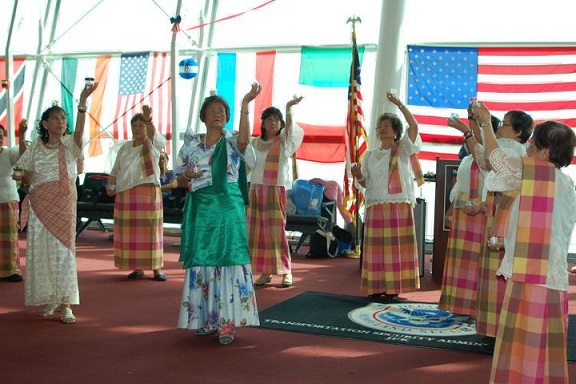Smoking and Asian Americans: Ways to break the cycle
Cigarette use and tobacco smoking are widely associated with the development of severe health conditions. Previous studies have shown that smoking prevalence among Asian Americans is lower than the general U.S. population — at 7% vs. 14% — but this suggests that smoking among Asian Americans is a relatively understudied subject. For instance, smoking prevalence has only dropped by 1.8% in Asian Americans, while the rate is higher for other demographic groups: 6.1% in non-Hispanic White smokers, 5.9% in non-Hispanic Black smokers, and 2.7% in Hispanic smokers.
Researchers have attributed smoking prevalence among Asian Americans to acculturation. In most Asian cultures, men are more likely to use tobacco products than women, partially because many Asian cultures tend to frown on female smoking. However, female smoking is relatively more acceptable in the U.S. culture, contributing to increased tobacco use among Asian immigrant women. This health problem can be adequately navigated with a more nuanced understanding of culture and cigarettes and greater community awareness to help make health solutions more accessible.
Below, we’ll look at some of the ways Asians can break the cycle of smoking:
Based on data from the Truth Initiative, tobacco companies are also known to market to Asian Americans because of high population growth, high smoking rates in their countries of origin, and high brand loyalty to American products. These marketing attempts include tobacco companies sponsoring Asian community festivals, billboards, and stores advertising in predominantly urban Asian American communities. The same targeted tobacco marketing remains a problem for the LGBTQ community, worsening the situation for LGBTQ Asian Americans.
In our previous post, we highlighted the importance of health and wellness awareness among LGBTQ Asians. Results from the Apicha Community Health Center’s year-long study examined the needs of minorities living in New York City and how many Asian American healthcare providers are reluctant to provide services to LGBTQ people.
Similarly, studies and surveys have shown that LGBTQ people have higher cigarette use rates than non-LGBTQs. Insights from the CDC indicate that 15.3% of lesbian, gay, and bisexual adults smoke cigarettes, compared to about 11.4% of heterosexual or straight adults. This may be because, as healthcare providers may be unable to advise members of the LGBTQ minority against smoking or that the target community is not receptive.
While research on smoking in the FilAm community remains sparse, a study from 2004 evaluated alcohol, tobacco, and other drug use among Asian Americans and Pacific Islanders in California and Hawaii. The results indicated that among the sample size, Filipinos displayed the highest usage of cigarettes in their lifetime. However, the researchers did not focus on acculturation as a potential factor. Still, it’s not all negative. Another study on tobacco-related litter indicated that FilAm communities have adopted and implemented tobacco control policies through smoke-free festivals and outdoor events, showcasing how FilAms are gradually unlearning the harmful practice of cigarette use.
Fortunately, alternative smoke-free and tobacco-free products have become more accessible. These products usually contain nicotine as a primary ingredient to provide microdoses and help users gradually wean off nicotine. One of the more popular nicotine products available today is the nicotine pouch. Unlike the many chemicals that make up cigarettes, the nicotine pouches on Prilla are made up of water, nicotine, sweeteners, flavorings, and plant-based-fibers. This makes them viable alternatives for those trying to quit or stop using tobacco. Aside from being smoke- and tobacco-free, they are easy to use discreetly and are a good option for people to bring to places where smoking may be prohibited, as these are just placed between the teeth and the upper lip.
Finally, we can help break the cycle by spreading awareness and making science-backed solutions more accessible. Prescription medications, often used in tandem with NRTs and behavioral therapies, have long been approved for smoking cessation. Medication such as Varenicline targets nicotine receptors in the brain and reduces withdrawal symptoms.
Eliminating the stigma against cigarette smokers can also significantly help, as scientific evidence highlights the significance of social support in the cessation journey. Making support groups more accessible to smokers in the community can help provide much-needed social support, motivation, encouragement, and accountability. Studies have shown that smokers with a robust support system are more likely to succeed in quitting.











